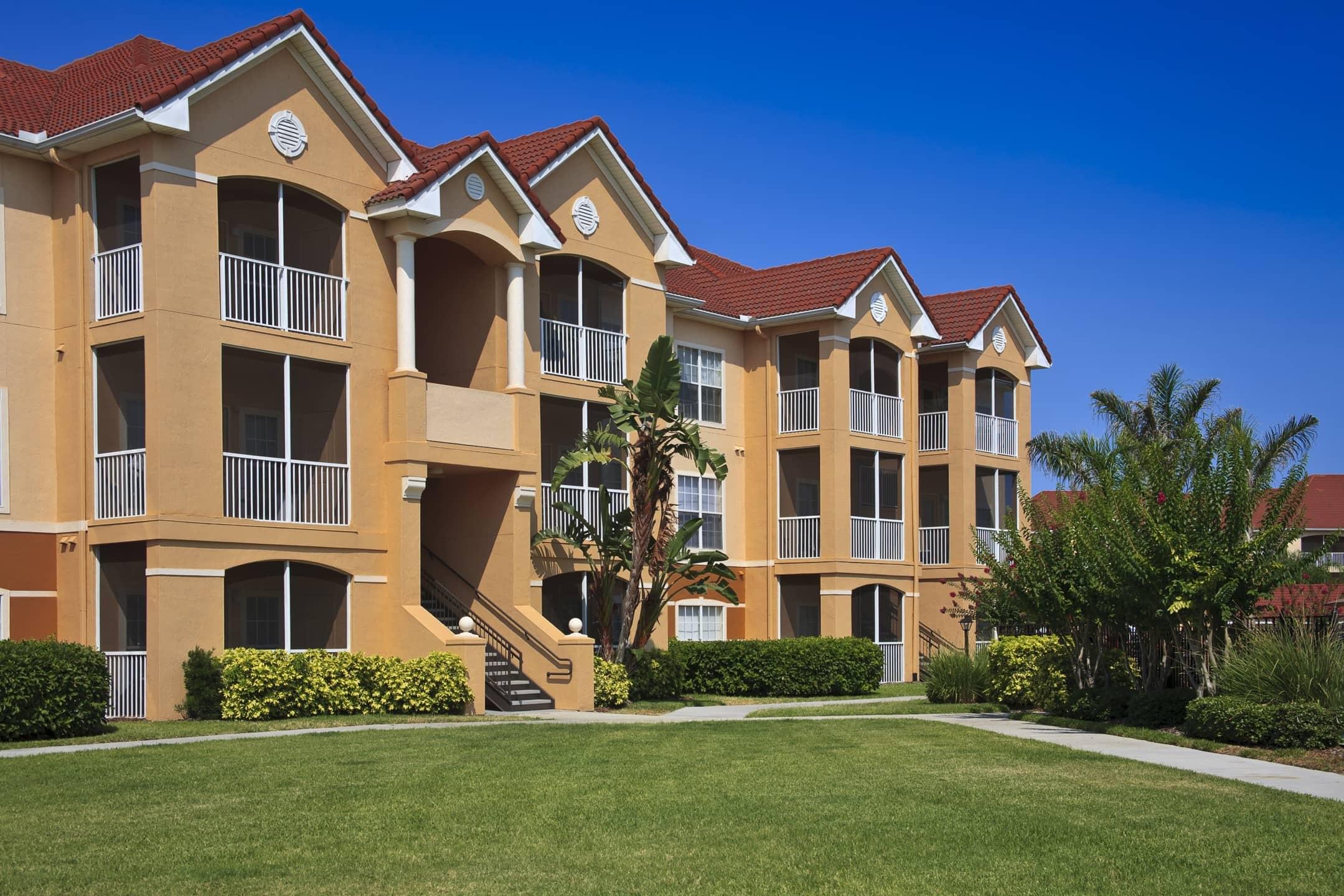Fannie Mae HomePath properties: How do they work?


With help from an innovative program launched in 2004 called HomePath (homepath.com), Fannie Mae has been doing its best to turn lemons into lemonade in the housing market. No one wants a borrower to have their home foreclosed on, but Fannie Mae is using HomePath to find new owners (including down payments as low as 3% for eligible customers).
As of 2021, this program has become somewhat dormant. Fannie Mae has received back many properties in foreclosure, but HomePath is no longer the go-to program in which to manifest purchase. Given this evolving complexity, many consumers are still curious about HomePath.
What is a Fannie Mae HomePath property?
While Fannie Mae wields a diverse and powerful toolkit to help individuals and families maintain their homes and meet their monthly mortgage, sometimes foreclosure can’t be avoided. In such circumstances, Fannie becomes the owner of the property, a designation that is referred to as Real Estate Owned, or REO. These are the homes that will become HomePath properties.
Once acquired, Fannie Mae’s REO properties are put on the market via Fannie’s HomePath Property program. This is done in a timely manner to ensure the stability and vitality of the neighborhood. Rather than prioritizing investors who invariably swoop in and purchase the home for purposes of a “flip,” Fannie Mae tries to first seek out owner-occupants for its properties to better preserve neighborhood dynamics. There’s even a First Look that’s designed to connect with first-time homebuyers before properties go to the open market (more below).
Interested homeowners are urged to explore the inventory of REO properties on HomePath.com. Here, they can find an exhaustive listing of homes that includes everything from customized searches to detailed photos to helpful descriptions to information on creative financing options designed to make the home purchasing process easier and more affordable.
From Fannie Mae homes to Fannie Mae HomePath
If you’re new to the concept of Fannie Mae HomePath then you’ll need a primer on foreclosures and how it relates to this program.
First, to clear up some confusion, there is no such thing as a Fannie Mae bank-owned property. Fannie is the real owner, not the bank or mortgage lender.
Additionally, there are many types of foreclosed properties in today’s housing market such as pre-foreclosure, short sales, sheriff sales and so on. They all have their pros and cons but the Fannie Mae HomePath foreclosures come with their own rules, requirements and acquisition process.
Most of the properties eligible for a HomePath listing are properties for which Fannie Mae has provided the mortgage for and is, in essence, the default owner during the period of mortgage repayment.
However, there’s also another scenario where Fannie becomes the owner, through a process known as “deeds-in-lieu of foreclosure” or forfeiture. Here, as a last resort, the owner signs over the property to Fannie Mae, thus relieving them of the loan burden and any damage to their credit report. Homeowners also avoid a lengthy and expensive foreclosure process as well as the potential embarrassment of eviction.
Fannie Mae homes for sale
There are a wide variety of homes available to purchase through HomePath and it’s important that you take time to sort through all the listings—including single-family units and condos—and decide which home is right for you. For added convenience, Fannie Mae has created the HomePath mobile app to make searching for your dream home more convenient.
Affordability for first-time homebuyers
For first-time homebuyers, issues of affordability are always front and center. While HomePath homes are almost always less expensive due to their foreclosed status, it’s often helpful to use a mortgage calculator to better determine monthly mortgage costs.
In addition, to give yourself the best chance to make a purchase quickly and beat out the competition, you may also want to seek preapproval. Having a preapproval letter almost always facilitates more financing options and demonstrates to the lender financial competence, trust and seriousness of intent.
Another interesting distinction when it comes to HomePath is that even though it’s a Fannie Mae program, homebuyers don’t have to rely on conventional product loans. HomePath properties can be purchased no down payment requirement.
HomePath also requires the involvement of a Fannie Mae-approved real estate agent to present the offer. Typically, once you’ve decided you’re interested in purchasing a HomePath property, you’ll direct your real estate agent to submit the offer via the HomePath Online Offers System. It’s a seamless, secure online process, but you can’t do it by yourself. An approved real estate agent must be brought in to assist.
Fannie Mae HomePath properties are largely intended for first-time homebuyers (although investors may purchase them as well without the discount incentives). As defined by current law, to qualify for financial assistance it doesn’t have to be your first home purchase ever, but it does have to be at least three years since you’ve last held ownership in a primary residence. Furthermore, you have to agree to move into the property within 60 days of closing and officially make it your primary residence.
HomePath ReadyBuyer Program
Homebuyers looking to lock in an additional 3% off of closing costs, can take advantage of HomePath’s ReadyBuyer program, an educational course created in partnership with Framework, a leading provider of homeownership education. Again, while this program is not widely used today, it is still available.
Upon successful creation of the course, a certificate is provided, thus making the homebuyer eligible for a discount. Fannie Mae realizes an informed homebuyer is a good homebuyer, and this course and related discounts serve to incentivize the accumulation of this knowledge among consumers. ReadyBuyer is only open to first-time homeowners looking to purchase a primary residence,

Benefits of acquiring a Fannie Mae home through HomePath
Acquiring a Fannie Mae property has several benefits, especially as a first-time buyer.
- Price: Because Fannie Mae is more of a guarantor than a traditional owner of homes, its objective is to sell the properties as quickly as possible in their present state. This results in homes that are very competitively priced.
- Early access: In a further move to incentivize purchases, HomePath offers potential homebuyers a 15-day “sneak peak” of properties not yet on the market via its First Look program. This means if you intend to use the home as your primary residence, you can take advantage of this unique opportunity to make a bid on your preferred property before an investor has access to this inventory.
- No title ambiguity: Because complete transparency is not always a guarantee when buying a home, new homeowners are sometimes ambushed by unpleasant surprises such as unpaid taxes on the home or liens against the property. That’s why hiring a title insurance company prior to purchase is important. However, with Fannie Mae home sales, there is no need to worry. Fannie owns the property, effectively removing such concerns from consideration.
Possible downside of purchasing a Fannie Mae HomePath property
Naturally, as with any property designated as a foreclosure, there are also some built-in risks attached to buying a Fannie Mae Homepath property.
- Home condition: While the HomePath program generally features homes in good condition, all homes are sold “as is,” meaning that buyers do run the risk of purchasing homes in less than ideal condition. It’s not uncommon for HomePath buyers to have to fix up their property post-purchase—a cost that they themselves must carry.
- Location: As a generality, foreclosed properties are often located in areas that are not considered prime locations. However, HomePath properties are likely cheaper than other homes your real estate agent may show you. At then end of the day, consumers need to weigh the pros and cons of location vs price.
In conclusion
While the number of foreclosures varies from year to year, the flow of people leaving their home due to financial insolvency remains an issue throughout certain pockets of the U.S. However, consumers can take solace that Fannie Mae, where possible, is operating with speed and diligence to sell these properties to deserving individuals and families in order to maintain neighborhood stability.
If you’re a first-time homebuyer looking for a budget-friendly home to settle into, you may want to explore the idea of purchasing a Fannie Mae HomePath property. While an increasingly rare option in today’s market, this program does offer exceedingly reasonable down payments, ample discounts and a large selection of properties throughout the U. S. Finding the “perfect” home is never easy, but HomePath provides a kind of “backdoor” entry into the world of homeownership. For those seeking a starter home, HomePath may be worth looking into.
*Rate is not affiliated with Fannie Mae or any government agency
Powered by Froala Editor




